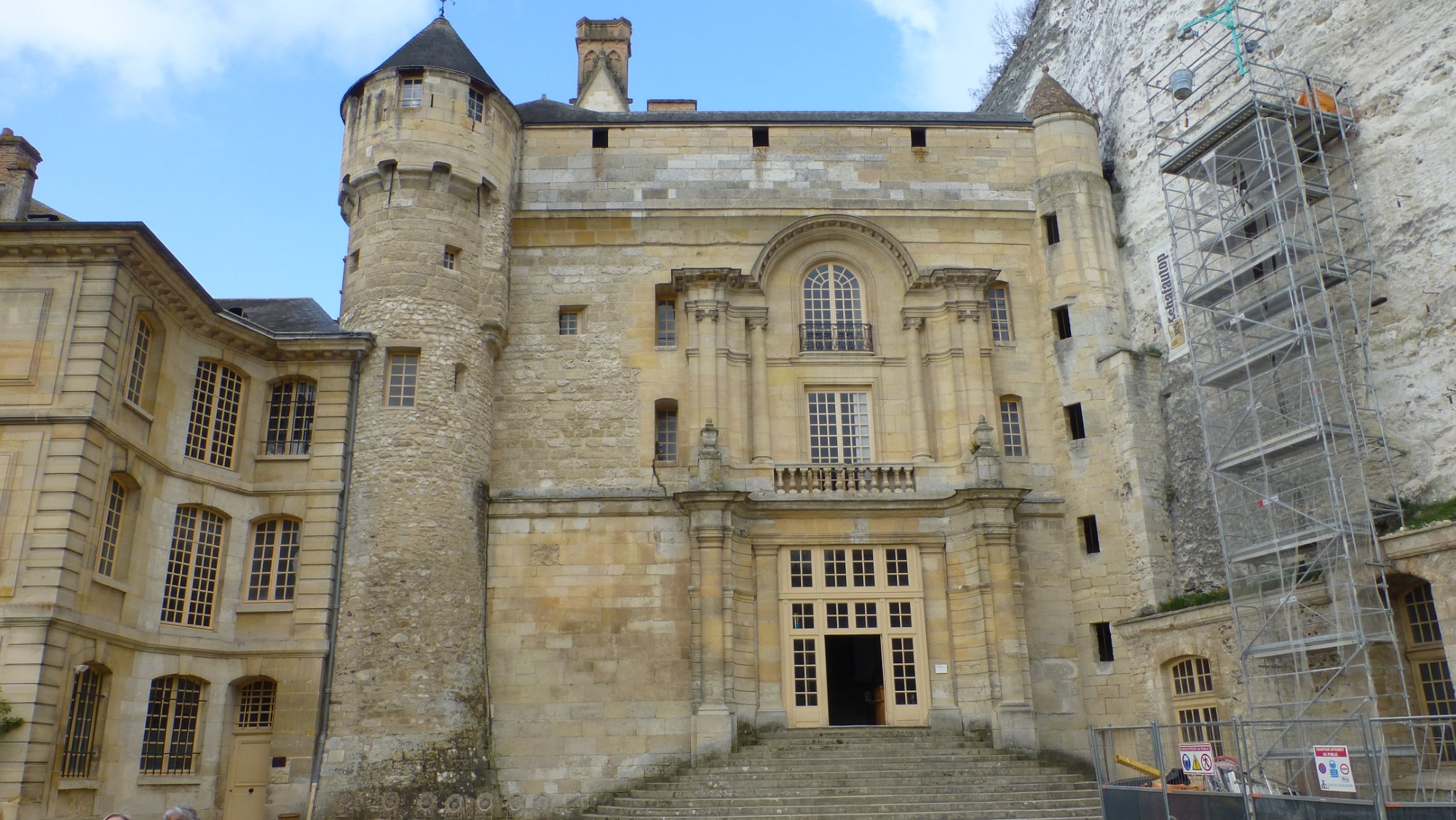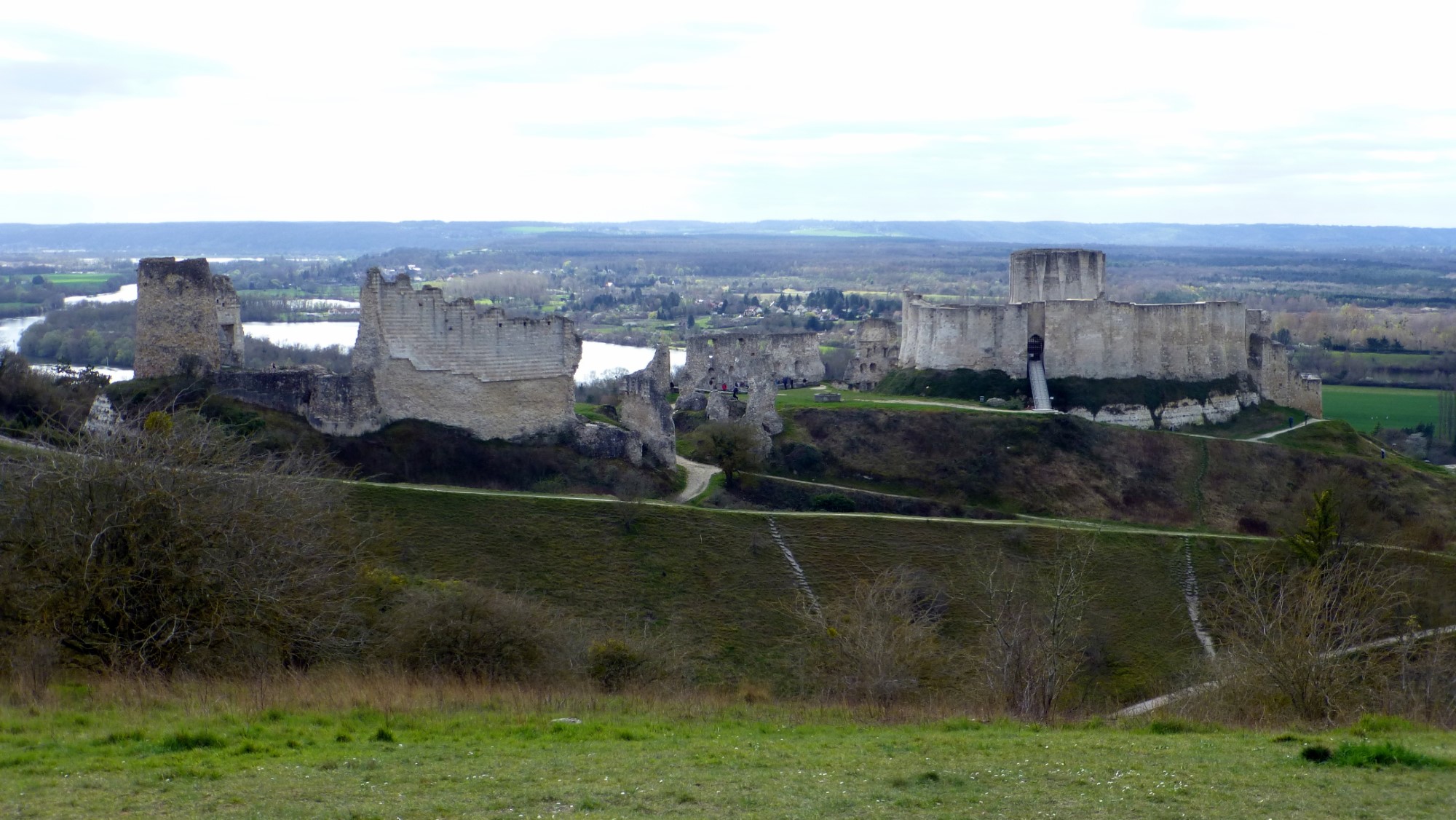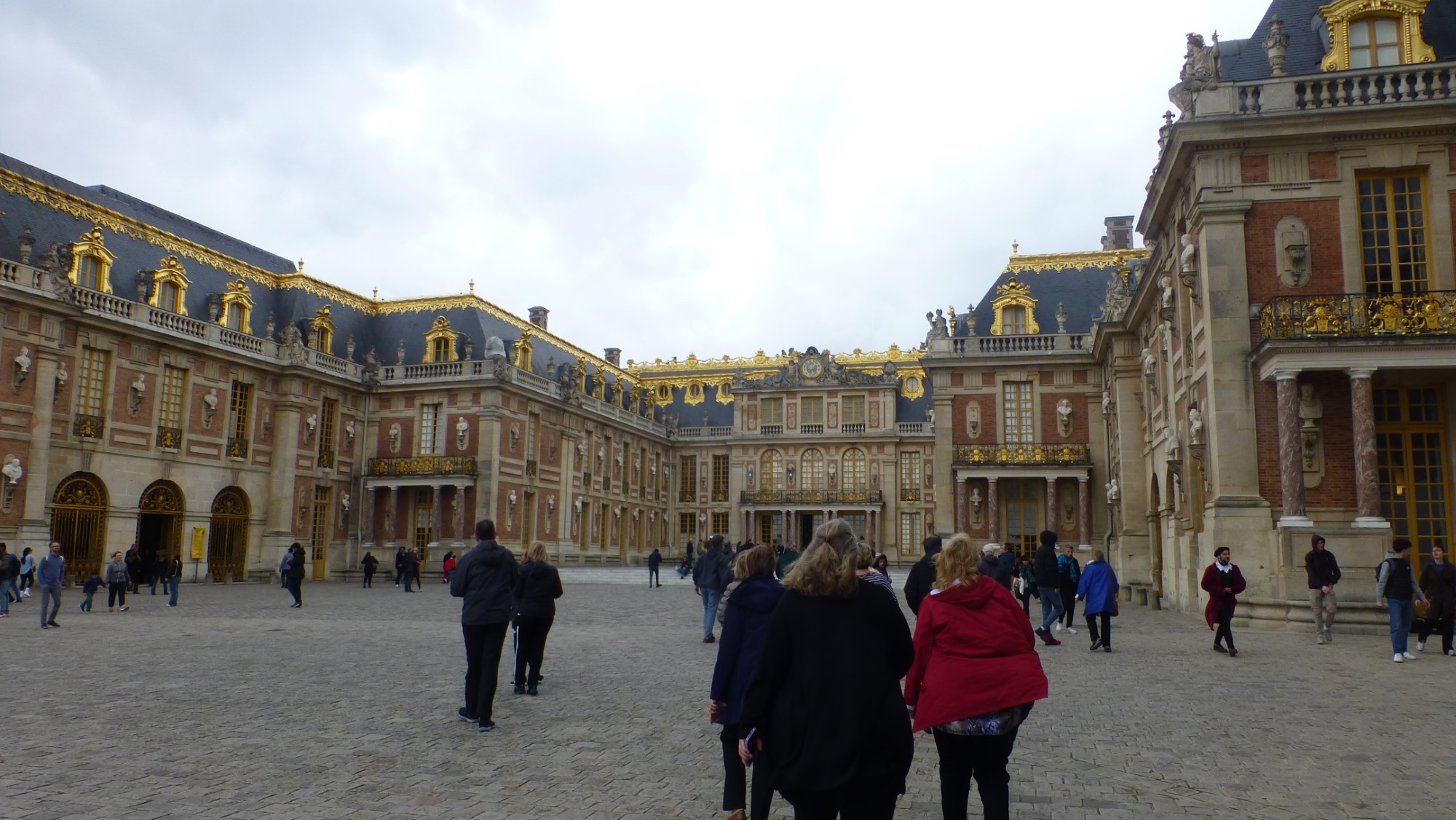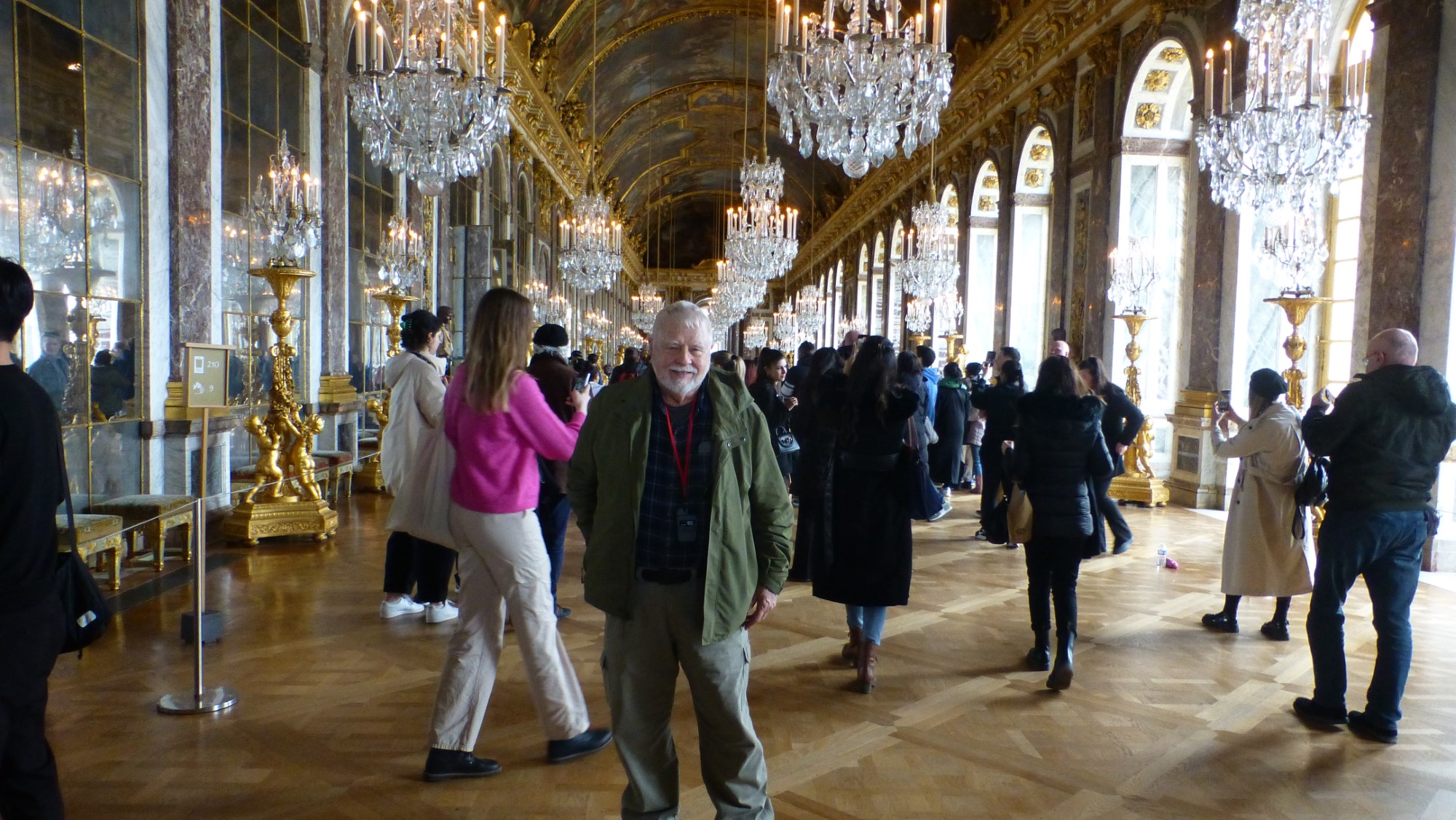European Castles & Palaces
The web site
World Population Review estimates that there are over
150,000 castles in Europe. As can be seen from the table, by far the largest number of castles are in
Italy with
45,000, second
France with
40,000,
third is Ireland with
30,000 and the
UK is fifth with
4,000. My journeys have taken me to four of the top five countries missing only
Germany at number four with
25,000 castles. For a map of the Castles below
click here.

European Castles by Country
| Country Castles | Country Castles | Country Castles |
|---|
| France 40000 | North Macedonia 76 | Slovakia 134 |
| Germany 25000 | Norway 153 | Slovenia 59 |
| Greece 800 | Poland 354 | Spain 2000 |
| Ireland 30000 | Portugal 282 | Sweden 224 |
| Italy 45000 | Romania 310 | Switzerland 500 |
| Netherlands 1200 | Russia 63 | United Kingdom 4000 |
| Data from https://worldpopulationreview.com/country-rankings/castles-by-country |
|---|
European Palaces by Country
| Country Palaces | Country Palaces | Country Palaces |
|---|
| Austria 7 | Greece 11 | Poland 5 |
| Belarus 1 | Hungary 1 | Belweder 5 |
| Belgium 7 | Ireland 1 | Portugal 24 |
| Bulgaria 2 | Italy 46 | Romania 5 |
| Czech Republic 1 | Liechtenstein 1 | Russia 8 |
| Denmark 7 | Lithuania 1 | Serbia 5 |
| Estonia 1 | Luxembourg 1 | Spain 10 |
| Finland 1 | Monaco 1 | Sweden 10 |
| France 13 | Montenegro 6 | Ukraine 1 |
| Georgia 5 | Netherlands 23 | Turkey 7 |
| Germany 13 | Norway 2 | United Kingdom 13 |
| Data from https://simple.wikipedia.org/wiki/List_of_countries_by_continents |
|---|
Fortezza Medicea, Siena, Italy (2018)
Built by order of
Cosimo de' Medici in 1563, this fortified brick castle was located on the site of a previous fort, the
Citadel, which had been built in 1548 on the orders of the
Emperor Charles V after the city came under the control of Spain. Construction of the fortress followed the
Battle of Marciano marking the defeat of
Siena by its rival city,
Florence. To prevent Siena from from recovering its independence, the construction of the fortress was ordered on the site of the earlier Spanish citadel. The fortress was deactivated at the end of the 18
th century and became part of the public property. In 1937 the fortress, after a major modification, was transformed into a
city park.

 Château de La Roche-Guyon, Ile-de-France, France (2018)
Château de La Roche-Guyon, Ile-de-France, France (2018)
Standing on a hilltop overlooking the banks of the
Seine River is the
Château de La Roche-Guyon. The castle was built in the 12
th century to control one of the routes to
Normandy as well as a major river crossing of the Seine River. The monks of the local
Abbé Suger described it as follows: "
At the summit of a steep promontory, dominating the bank of the great river Seine, rises a frightful castle without title to nobility, called La Roche. Invisible on the surface, it is hollowed out of a high cliff. The able hand of the builder has established in the mountainside, digging into the rock, an ample dwelling provided with a few miserable openings". In the mid-13th century, the manor house,or château, was added.
Guy de la Roch fell to the English crossbow at the
Battle of Agincourt in Oct of 1415. Four years later, in 1419, his widow departed the castle rather that accept
Henry V as her overlord. In
World War II, the château was a field headquarters for
German Field Marshal Erwin Rommel.

 Château Gaillard, Normandy, France (2018)
Château Gaillard, Normandy, France (2018)
Like Château de La Roche-Guyon,
Château Gaillard, sits high in a commanding position above the
Seine River. Under the terms of the
Treaty of Louviers in 1196 between
Richard the Lionheart and
Philip II of France neither king was allowed to fortify the site. However, Richard sent a delegation to Rome to petition
Pope Celestine II on his behalf and completed construction of the castle in 1198.

 Palace of Versailles, Versailles, France (2018)
Palace of Versailles, Versailles, France (2018)
In 1623
King Louis XIII had a hunting lodge built at the site of a favorite hunting ground near the small village of Versailles. in 1634 the lodge was replaced with a small château. After his death, the château was abandoned for about ten years. In 1661
Louis XIV was a guest of the Superintendent of Finances
Nicolas Fouquet at his palatial residence, the
Château de Vaux-le-Vicomte. The scale and opulence of the château, along with the fact that Fouquet had built an island fortress and also raised a private army, caused Louis to imprison Fouquet. However, the King was so impressed with Château de Vaux-le-Vicomte that he had the
Palace of Versailles begun. At the time of his death in 1715, the Palace was far from completed.
Under Louis XIV, the Court was removed to Paris leaving Versailles in a long period of neglect. Louis XV eventually returned to Versailles determined to complete his great grandfather's work. However, he Versailles was but one of Louis' residences, though when he contracted
smallpox in 1774, he returned there and died.
Louis XVI succeeded his father and, along with his Queen,
Marie Antoinette, spent most of his reign at the Palace. Unfortunately, Louis increasing taxation and Marie's increasing extravagance resulted in the loss of their respective heads. The Palace, on the other hand, came through the
French Revolution relative unscathed and today stands as a model of extreme extravagance for
tourists' delight.










 To Castles & Palaces
To Castles & Palaces